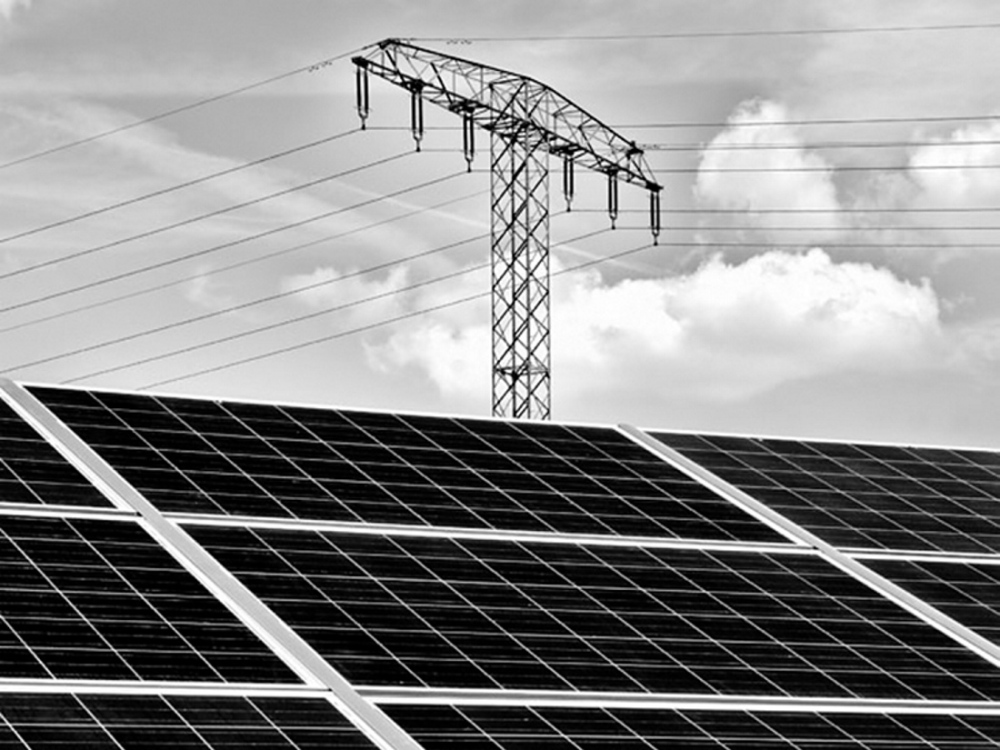There has been so much bad news about the battle against climate change lately, it’s easy to forget that some recent news has been very good.
For instance, even though the Trump administration dropped out of the Paris climate accord, the United States may still end up meeting its commitments to the international community through the work of cities, states and private entities that are committed to reducing carbon emissions.
And the regional effort to cut the greenhouse gases emitted by power generators here in the Northeast has beaten goals set five years ago, without any of the dire predictions about slowing down the economy coming true — in fact, it’s been just the opposite.
At this point it appears that the Regional Greenhouse Gas Initiative may have even been a little too successful, reducing emissions so fast that, at the same time, it reduced the financial incentives to cut them even more. Before the effort goes into a stall, regulators should update their goals to reflect this progress. RGGI has built a national model for what works, and it ought to keep doing it.
The program involves the nine states on the East Coast between Maine and Maryland. A regional entity sets a budget for carbon dioxide emissions, an amount that shrinks by 2.5 percent each year. Power generation companies have to buy the right to release carbon into the atmosphere at auction, and the money raised is distributed among the participating states. In Maine, the money is used to fund energy efficiency projects, which lowers demand for electricity and ultimately emissions as well.
The RGGI program has not only achieved its goal of reducing carbon emissions. It has also lowered the total amount of electricity consumed, freeing up millions of dollars for other investment. An independent economic analysis estimates that the program has saved consumers money on their electric bills, while creating 14,000 jobs in the region.
But the better-than-anticipated progress brings its own problems. As companies shift to cleaner fuel and more renewable energy comes on line, there is less demand for allowance at the auctions. In Maine, that means there will be less money for efficiency projects, chilling a much-needed sector of the job market and taking away assistance for power users to cut their utility bills. There are still gains to be made with efficiency if the proper incentives are in place, but a “slack cap” won’t achieve the desired results.
After more than a year of analysis, the states are expected to announce their decision on setting new goals by the end of this summer. They will determine whether the size of the overall cap should be reduced, and how quickly it should drop each year.
We encourage the regulators to deliver to the region more of what has already been proven to work, not just for greenhouse gas reduction but also for economic expansion and cleaner, healthier air.
Send questions/comments to the editors.



Success. Please wait for the page to reload. If the page does not reload within 5 seconds, please refresh the page.
Enter your email and password to access comments.
Hi, to comment on stories you must . This profile is in addition to your subscription and website login.
Already have a commenting profile? .
Invalid username/password.
Please check your email to confirm and complete your registration.
Only subscribers are eligible to post comments. Please subscribe or login first for digital access. Here’s why.
Use the form below to reset your password. When you've submitted your account email, we will send an email with a reset code.